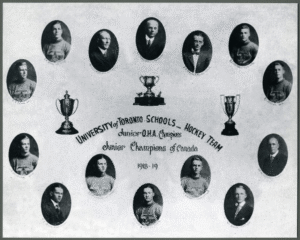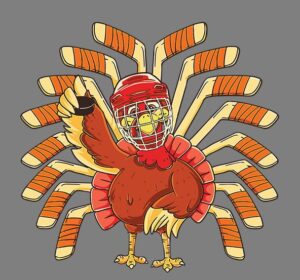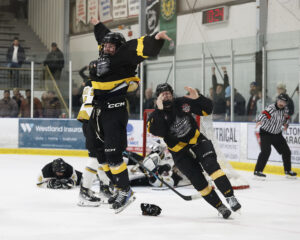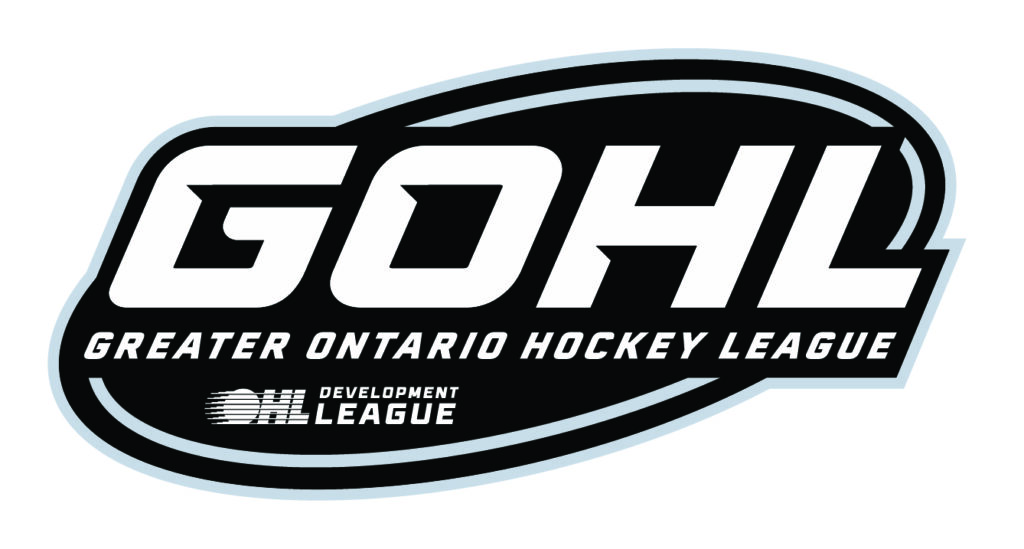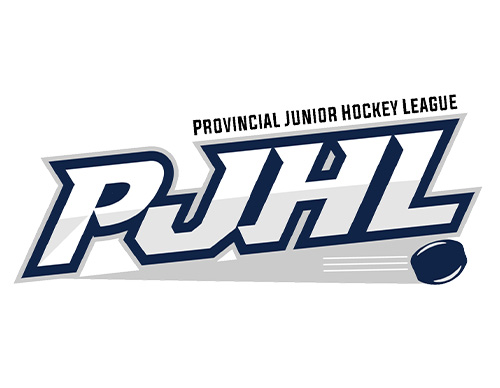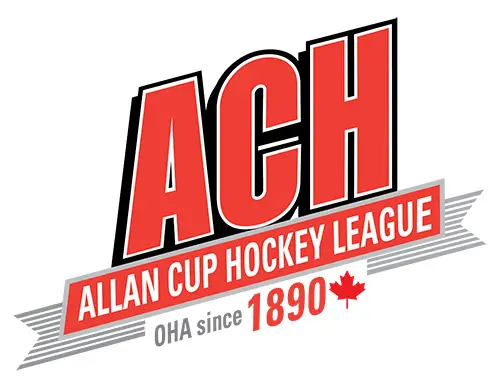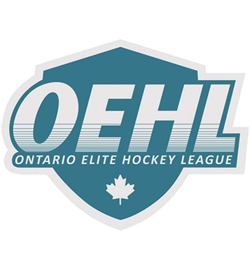Photography has given Tim Bates a ticket to the world. With a camera, and an eye for capturing iconic moments in sports, a childhood hobby grew into a lifelong passion
By – David McPherson
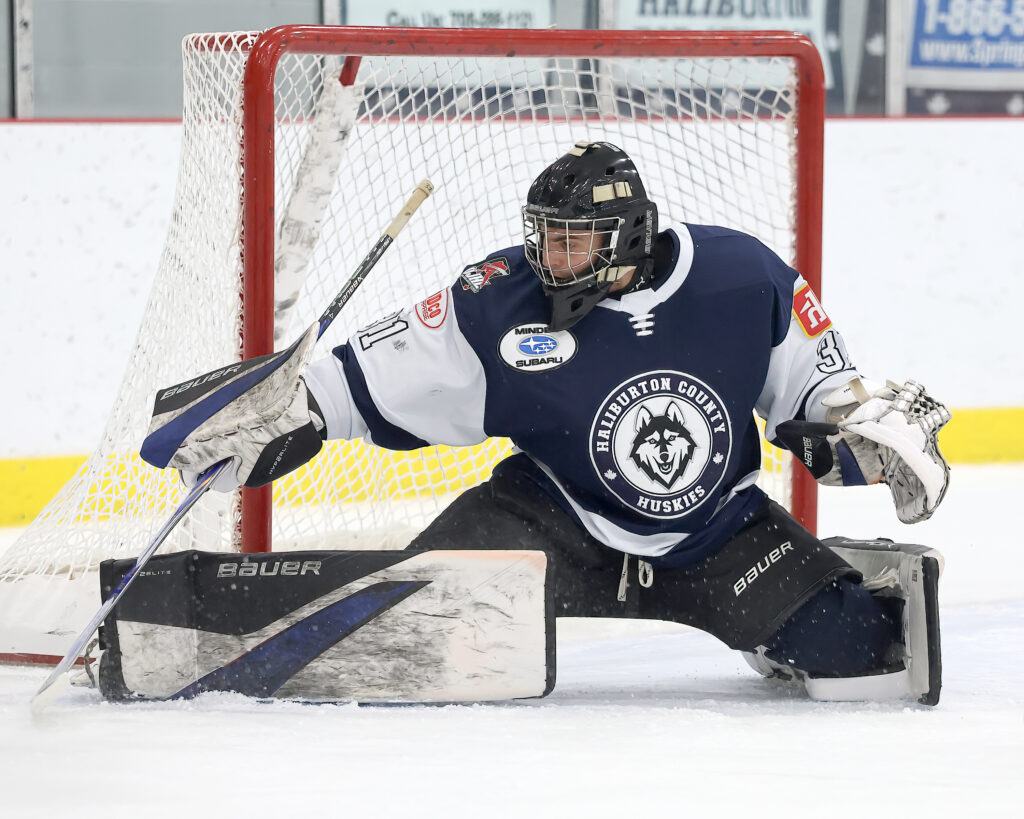
Cambridge, ON – Photography has given Tim Bates a ticket to the world. With a camera, and an eye for capturing iconic moments in sports, a childhood hobby grew into a lifelong passion.
Growing up, Tim’s father worked in the Air Force, so the family moved from base to base across Canada, the United States and the globe. This exposure to world cultures, and life outside of Canada, fostered a wanderlust he’s never lost.
At Whitby Senior Public School, Tim’s Grade Five teacher started a photography club. He was intrigued and attended a few meetings to learn more about this strange new hobby. Before long, he realized this was his calling. From the moment he picked up his first camera, an old Kodak, and developed his images, Tim was hooked.

“It must have driven my parents crazy because I ended up converting a storage closet in our basement into a darkroom,” says the OJHL’s Director of Photography.
By high school, this small space had grown into a full-sized photography lab. This passion for documenting life from behind a lens grew. When a friend suggested that Tim photograph some local junior hockey games, Bates jumped. His first assignments were covering the Pickering Panthers.
OJHL Images is Born
By 2012, Tim was often seen at an arena, shooting hockey games, working with the Junior A Bowmanville Eagles, now the PJHL’s Clarrington Eagles. As the transition to digital photography became the norm, he noticed a growing lack of consistency to the images, what he describes as a “fragmented effort” at photography. “No offence to anybody, but you had everyone submitting photos to the team — from mom and dad to a hodgepodge of local photographers,” Bates says.
Tim had a close friend who was Europe’s Director of Photography for Getty Images; the friends brainstormed ways to bring consistency — and professionalism — to all photos supplied to the OJHL. These informal conversations led to the creation of OJHL Images.
First, Tim shared his idea of a centralized OJHL image bank, based on Getty’s model, with Scott McCrory, who introduced him to league commissioner Marty Savoy. The commissioner agreed with this approach to managing images, so all that was left was a final sales pitch to the OJHL board of governors. A meeting was arranged at the Hockey Hall of Fame and the idea was unanimously approved. The next step was to set up the infrastructure and to communicate the changes to the teams and to the photographers.
“In the beginning, there was a bit of friction,” Tim says. “Some embraced the idea while others received it like a lead balloon!”
Eventually, everyone recognized the inherent value of OJHL Images. Key improvements included training photographers to use the same software (Photo Mechanic) and captioning all images with the following metadata: the date, time and location where the photo was taken, along with a caption that meets international standards that identifies the player, the action and the period in which the image was taken.
Thirteen years later, OJHL Images has developed into a sophisticated, robust photo database with 181,800 images and counting that more than 400 North American media outlets and leagues, including the National Hockey League, access. Tim currently manages 29 OJHL photographers and videographers. Many OJHL Images alumni, such as Kevin Sousa and Reuben Polansky-Shapiro, now work in the NHL and for other professional sports teams.
One thrill for Tim was last year’s NHL Draft, held at The Sphere in Las Vegas, where Central Scouting used OJHL Images to source head shots for many of the prospects expected to get drafted. Tim is most proud of an enhancement made several years ago, adding a photography database of OHA officials in action. “I can’t tell you how that database took off,” he says. “Every time we go to a rink, especially if we get a referee that trips or falls, and we never embarrass them, but that’s a ‘beer picture,’ as we call it!’”
While the cost of the equipment Tim uses today has evolved, as has the technology, that passion for photography, instilled by his Grade Five teacher, remains unchanged.
“It’s such a thrill to chronicle the journey of these hockey players through their junior hockey years,” he concludes. “I’ve been blessed.”
See this gallery to view some more of Tim’s images.
About the Ontario Hockey Association
TheOntario Hockey Association (OHA) was founded on November 27, 1890, and is the governing body for the majority of Junior and Senior hockey in the Province of Ontario. It is comprised of three Junior hockey leagues and two Senior hockey leagues: Junior A – Ontario Junior Hockey League; Junior B – Greater Ontario Hockey League; Junior C – Provincial Junior Hockey League, Senior –Allan Cup Hockey (AAA) and Ontario Elite Hockey League (AA). For the 2025-2026 season, these five leagues encompass 123 teams. 3100 players, and about 6,000 games each hockey season. The majority of our players are 16 to 21 years of age.
The objectives of the OHA are to foster and encourage the sport of amateur hockey, to conduct competition in the various categories established, to determine teams for entry into the inter-branch competitions that may be provided by Hockey Canada, and to provide for the affiliation of other hockey organizations.
The OHA provides administrative resources, coordinates programs, services and events for hockey participants and provides support to various Development Programs for coaches, officials, trainers and players, Safety and Risk Management Issues and offers resources for Harassment and Abuse education.
-30-
For more information or to set up an interview, please contact:
Chris McCleary
General Manager, Operations & Marketing
Ontario Hockey Association


